How to make your bed for squashes and pumpkins as nutritious as possible.
My squashes and pumpkins have been going in at the allotment over the last week. They’ve got a large bed and a half to wiggle over, and I’m growing a nice selection of tasty squashes, and some courgettes, just because I like to torture myself with gluts.
The lasagna bed that I created two years ago is now a proper working bed. Though I don’t like to dig too much, I’m not treating this as a strict no-dig bed, partly because I’m still not quite converted to that cause. What I’ve done this year is sow a fast-growing green manure over the bed.
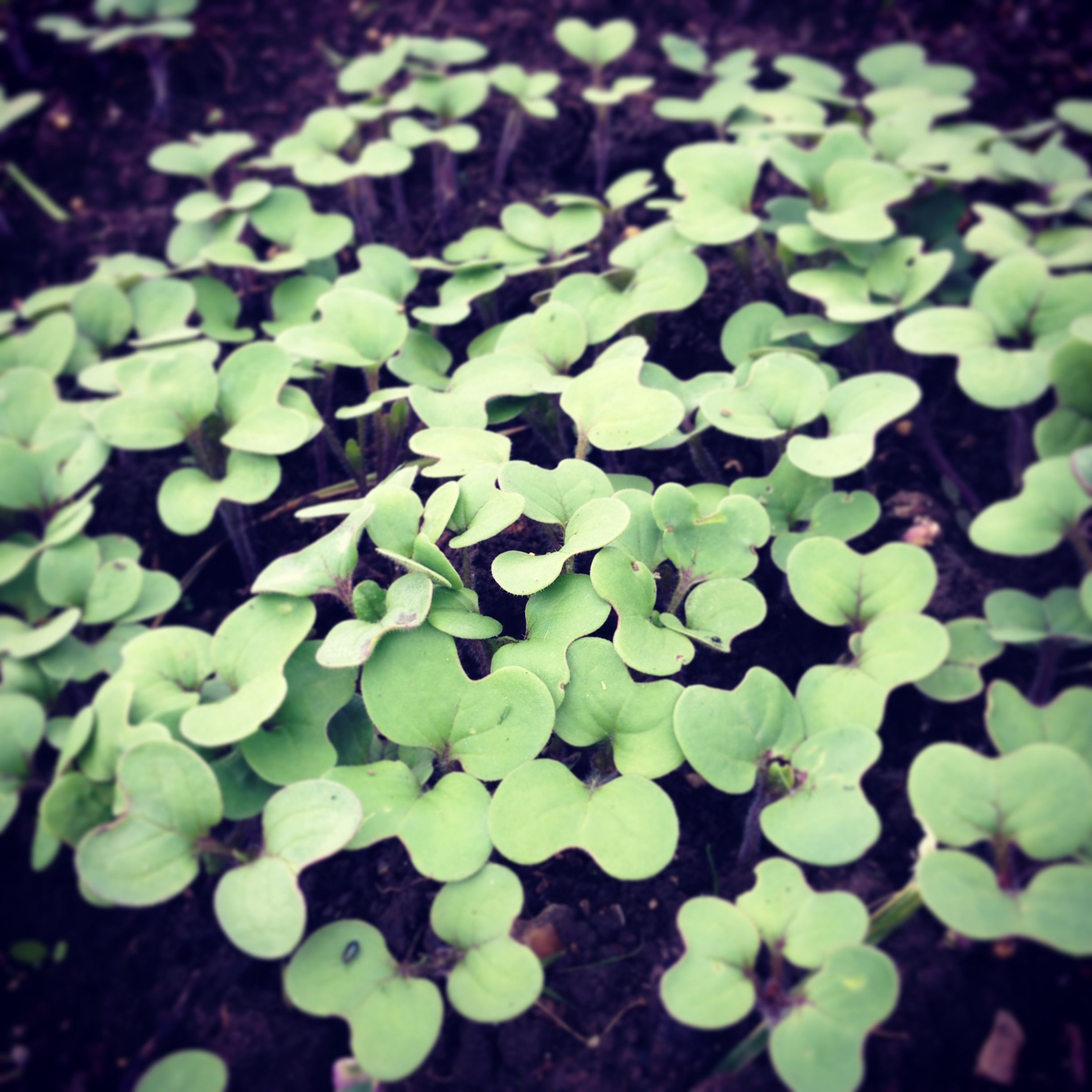
This has a number of benefits for the bed. The first is that the mustard green manure covers the soil and stops it being degraded by heavy rain, or infested by weeds. The second is that the roots break up the soil, which isn’t as much of a consideration when you’ve got soil as lovely and friable as in an ex-lasagna bed, but there’s no harm in improving the soil structure further. And the third is that when you dig the plants into the bed, they add more organic matter and thus feed hungry vegetables such as squashes.
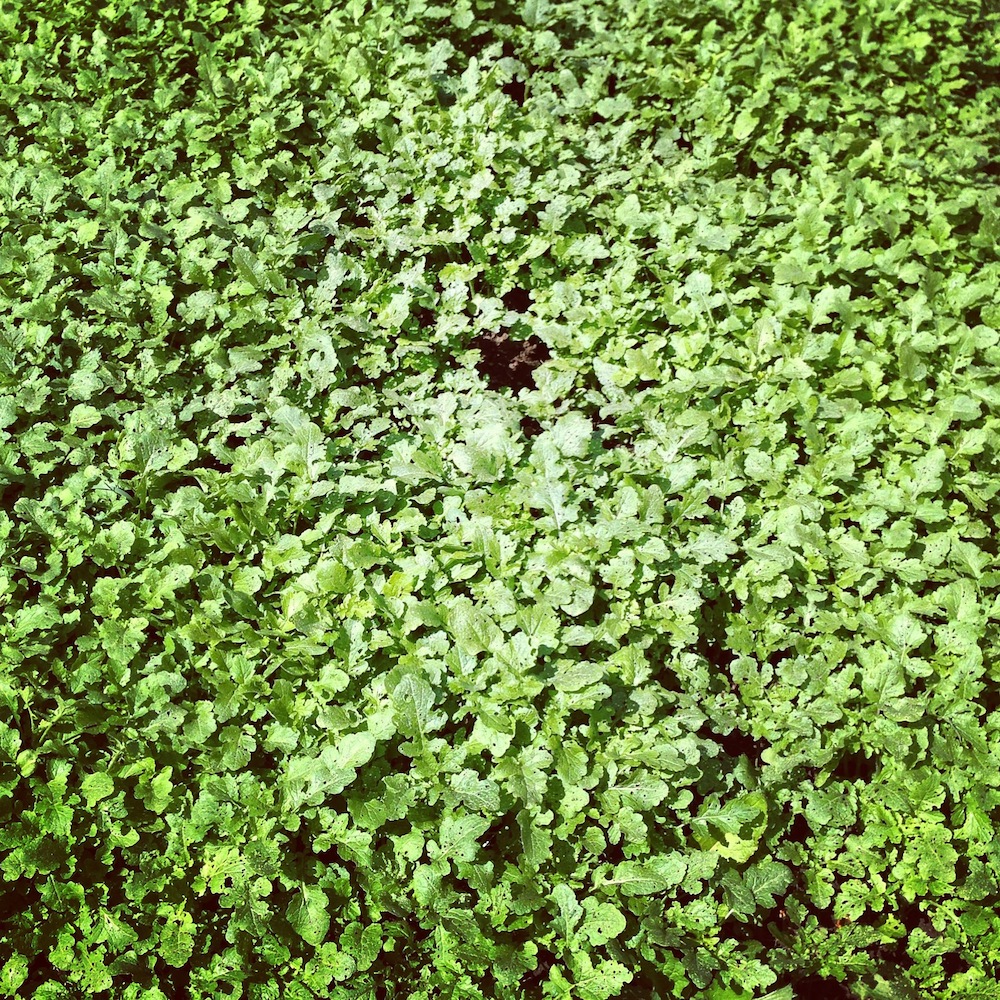
I sowed this mustard five weeks ago, and now it’s ready to chop down and dig into the soil.
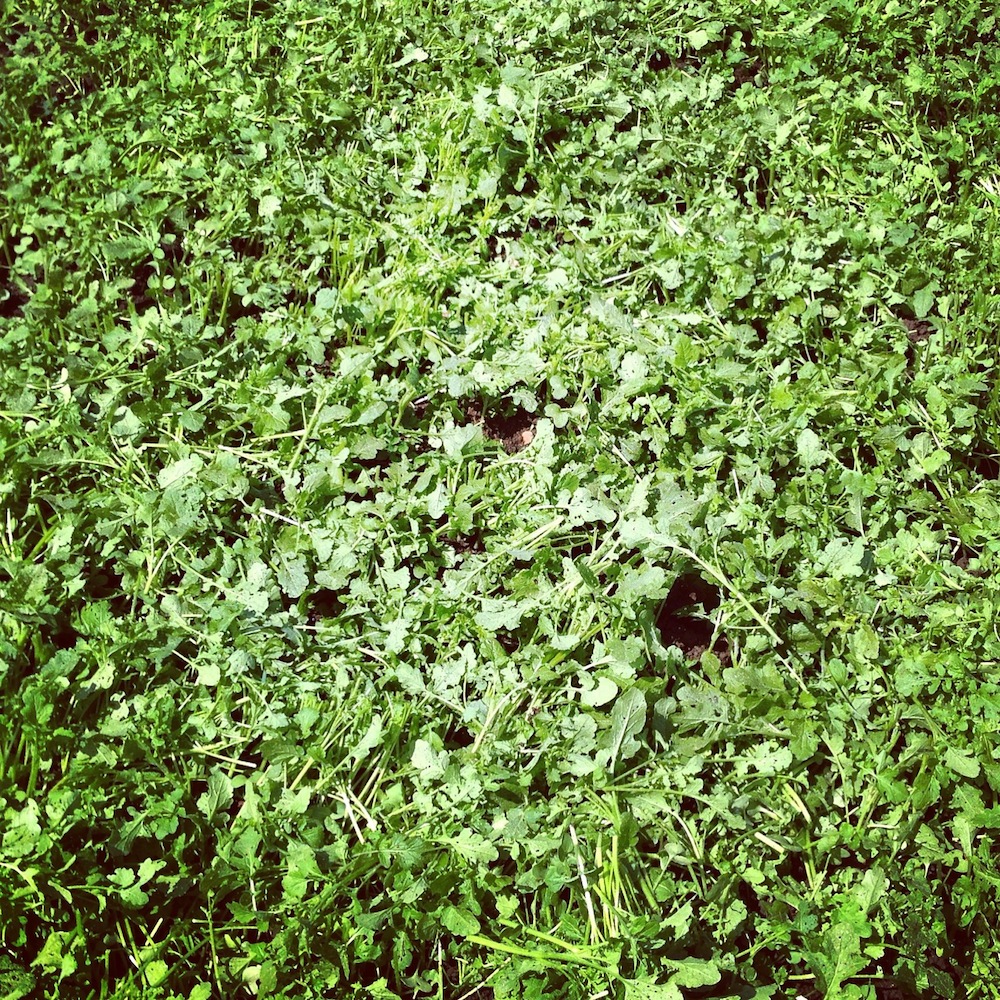
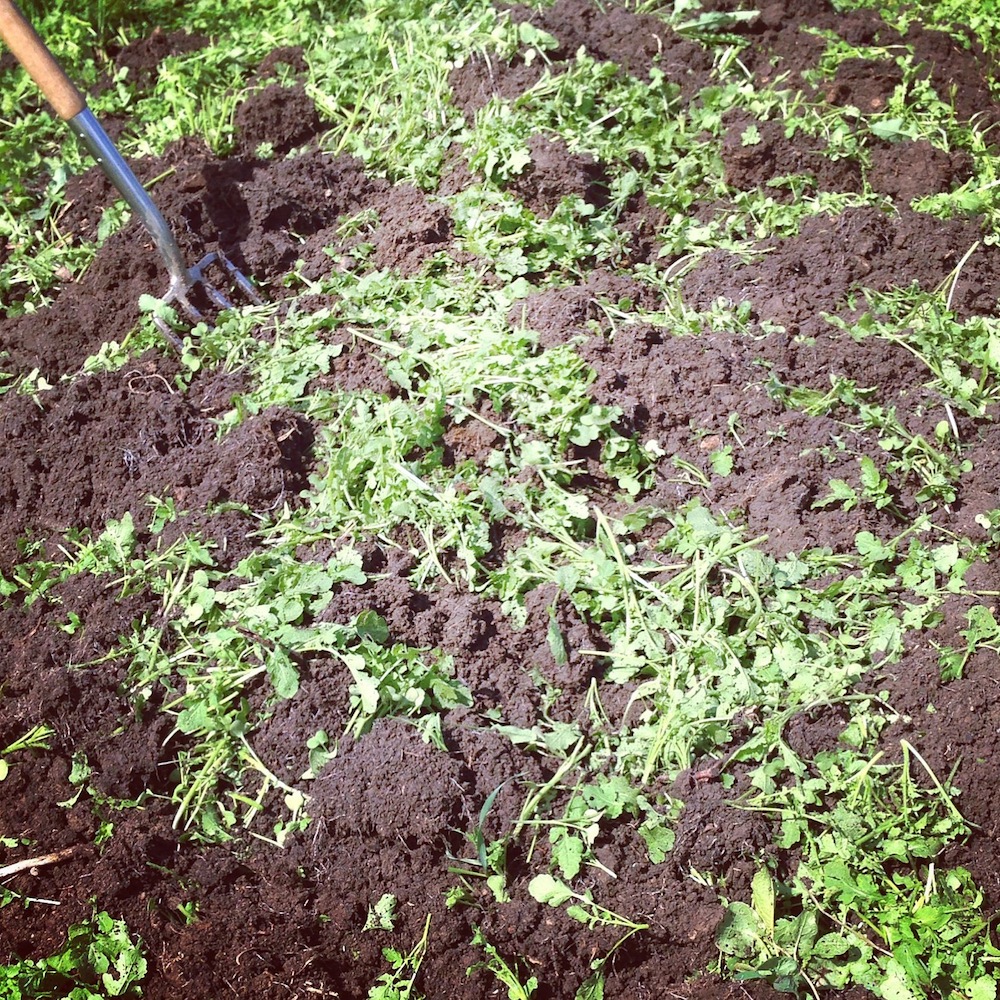
Then I dug two wheelbarrows worth of horse manure into the soil, and planted the squashes, along with sweetcorn plants that they can wind their way under in a two sisters model.
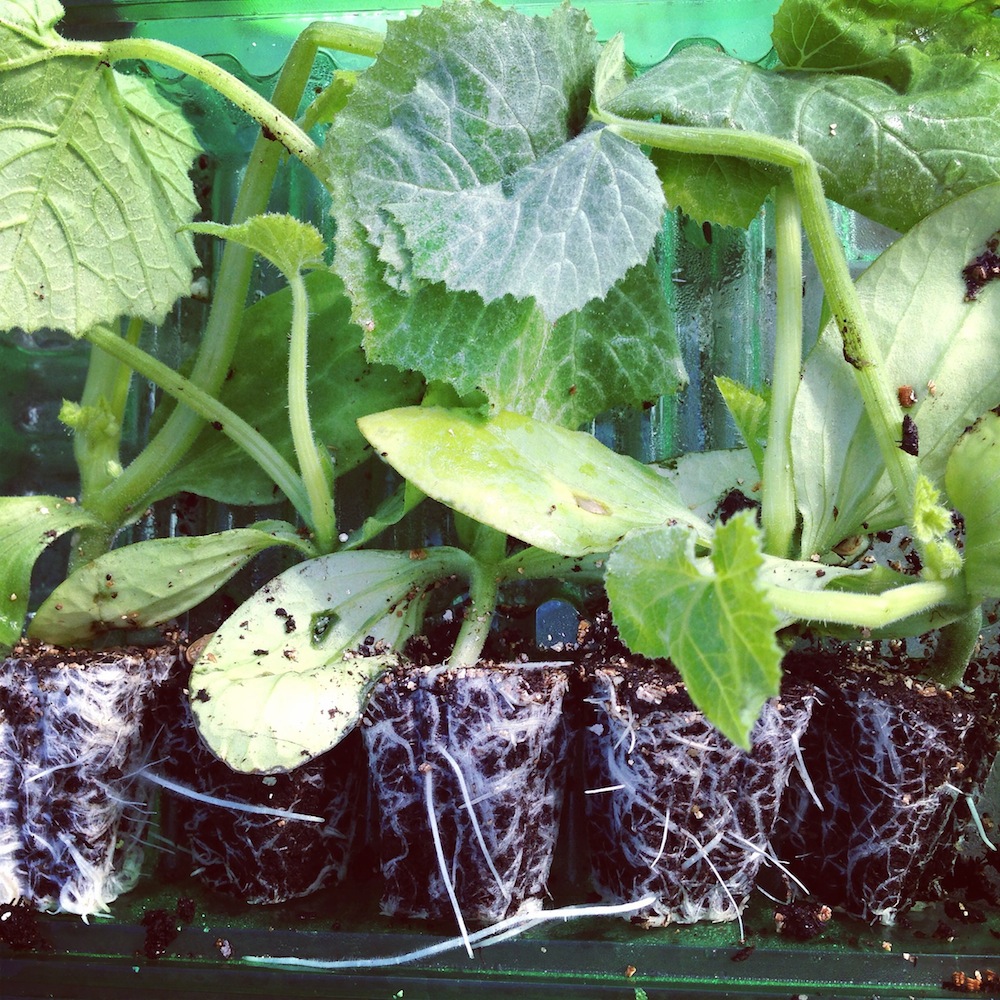
These courgettes are ‘Midnight’ from Brookside Nursery, who sent them to me as plugs. I normally grow my own from seed, but when you’re in the middle of moving house, the last thing you want is all your windowsills covered in seedlings.

Leave a Reply